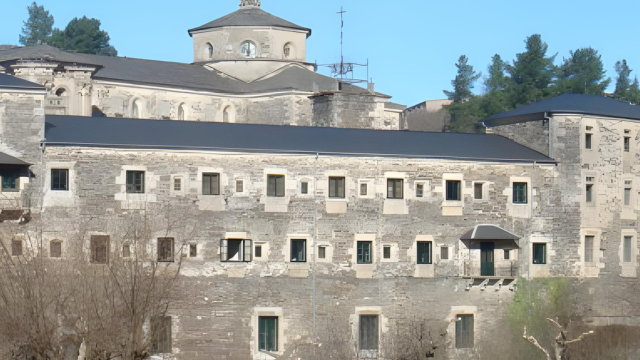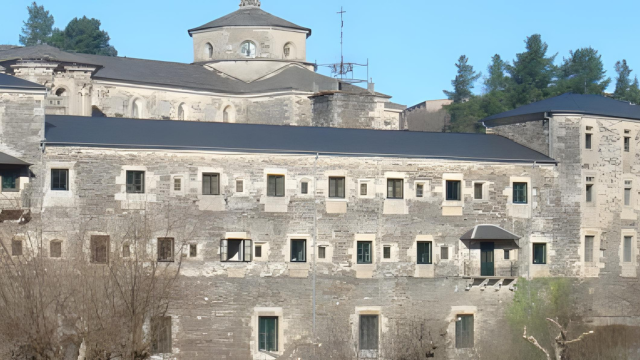Samos

The history of Samos traces back to prehistoric settlements, with evidence found in the Santalla caves, the megalithic tombs of Bustofrío and Trascastro, and the castros of Loureiro and Formigueiros. These ancient settlements and funerary structures, such as the “mámoas” of the Serra de Édramo, reveal the area's deep cultural roots.
The monks’ arrival in the 6th century transformed Samos, with its history closely intertwined with the iconic Monastery of Samos. Initially founded during the Suevic and Visigothic periods, it was abandoned after the Arab invasion in 714 and later revived in the 10th century when it began welcoming pilgrims. Samos continued to flourish under the rule of the Catholic Monarchs in the 15th century, particularly after joining the Benedictine order in 1505.
The monastery's fortunes waned after the French occupation in the 19th century but were revived in 1880, marking the beginning of its restoration. The entire history of Samos revolves around this religious institution, which remains the town’s most significant attraction. Beyond the monastery, Samos offers numerous hidden treasures that tell the story of its rich cultural and historical heritage, inviting visitors to embark on a fascinating journey through time.

